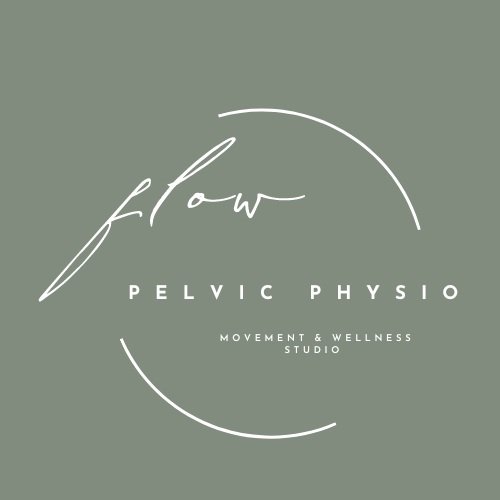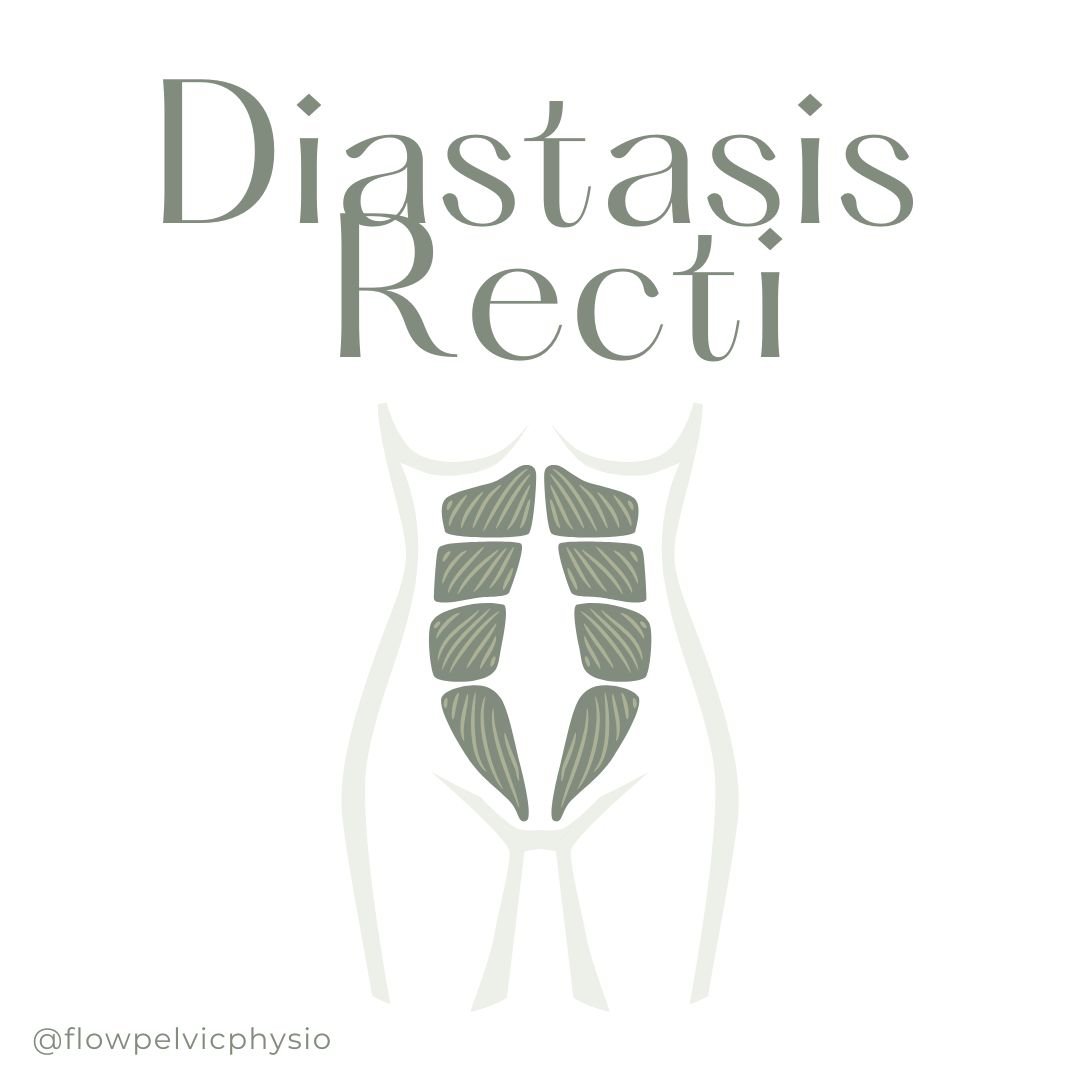Diastasis Recti i.e ‘Ab Separation’
Ab 'separation' or DRAM (diastasis rectus abdominus muscle)
While a lot of women are understandably concerned about ab separation during pregnancy and the postnatal period, it is important to understand this is very much a normal change in tissue to accommodate for a growing bub!
Let’s start with the anatomy….
The rectus abdominus muscles i.e. your abs or 6 pack, form part of your outer core muscles. These are joined together in the middle by a tight band of connective tissue called the linea alba.
Underneath these muscles are the side pockets (internal and external oblique and underneath the obliques are the deep core muscles (transverse abdominus).
Diastasis Recti ‘ab separation’
DRAM in Pregnancy
During pregnancy, in order to make way for bub, the abdominal wall stretches which can create a 'separation' in the midline. This is both normal and necessary during pregnancy. As pregnancy progresses the linea alba continues to stretch and thin. When the pressure in the abdomen exceeds what the linea alba can control, abdominal doming or coning can occur (upper tummy having a ‘toblerone’ or triangle shape).
While we can't stop this from occurring completely, we can reduce or limit activities that increase pressure in your tummy (intra-abdominal pressure).
Tips for during pregnancy:
- Roll on your side to get in and out of bed, use your hands to help push up into string, try to avoid a full sit up motion
- Wear compression garments prescribed by your physio
- Strengthen the deep core muscles (often this is done on hands and knees)
- Avoid exercise lying on your back after the first trimester, avoid sit ups
- Work with your breath during exercise, exhale during the exertion phase or the hard phase of the movement to reduce intra-abdominal pressure
- Preconnect your deep core by drawing in lower tummy or 'hug your bub' prior to exertional activities such as lift, push, pull, carry
DRAM in the Postnatal period
While there is a lot of hype around 'abdominal separation' and 'how many finger widths' know that this is one of the less important factors when it comes to abdominal wall rehab.
A small degree of 'separation' is within normal, <3cm is not significant. Research shows that the mean width (of the linea alba) in an adult population is 22mm (across all age groups).
What is more important to consider is your tissue tone, ligament integrity, any doming when sitting up/getting out of bed, inner and outer core strength and any pain or discomfort.
Your physio will assess this during your postnatal check and guide you through the necessary rehab.
At Flow Pelvic Physio, DRAM assessment may include
Measurement of length, width and depth of separation
Assessment of integrity of the linea alba
Assessment of your control under load e.g crunch, plank
Real time ultrasound assessment of the core muscles and how well they work functionally
Home exercise program prescription
Normal tissue healing helps this 'separation' reduce significantly in the first 6 weeks postpartum It is common to have a large DRAM in the first few days postnatal and for this to reduce significantly in the first month or so.
Tips during the postpartum period:
- Roll onto your side to get in and out and bed if you have any excessive doming
- Wear compression garments prescribed by your physio
- Strengthen the deep core muscles (this can be done lying on your back, hands and knees or in standing)
- Strengthen the outer core muscles as guided by your physio, depending on the degree of DRAM this will like include some mini curl ups to re-strengthen the abdominals
- Work with your breath during exercise, exhale during the exertion phase or the hard phase of the movement to reduce intra-abdominal pressure
- Pre-connect your deep core (drawing in lower tummy) prior to exertion activities such as lift, push, pull, carry
References:
Kaufmann, R. L., Reiner, C ,S., Dietz, U. A., Clavien, P, A., Vonlanthen, R. & Käser S, A. Normal width of the linea alba, prevalence, and risk factors for diastasis recti abdominis in adults, a cross-sectional study. Hernia. 2022 Apr;26(2):609-618. doi: 10.1007/s10029-021-02493-7.
***Disclaimer: Blog is for general education only, please seek an individualised assessment and treatment plan with a pelvic health physio.
We provide Pelvic Health and Musculoskeletal Physiotherapy to patients in the Bayside area including Bentleigh, Black Rock, Brighton, Caulfield, Elsternwick, Elwood, Hampton, Highett, Mentone, Moorabbin, Sandringham, St Kilda, Windsor and surrounding areas.


